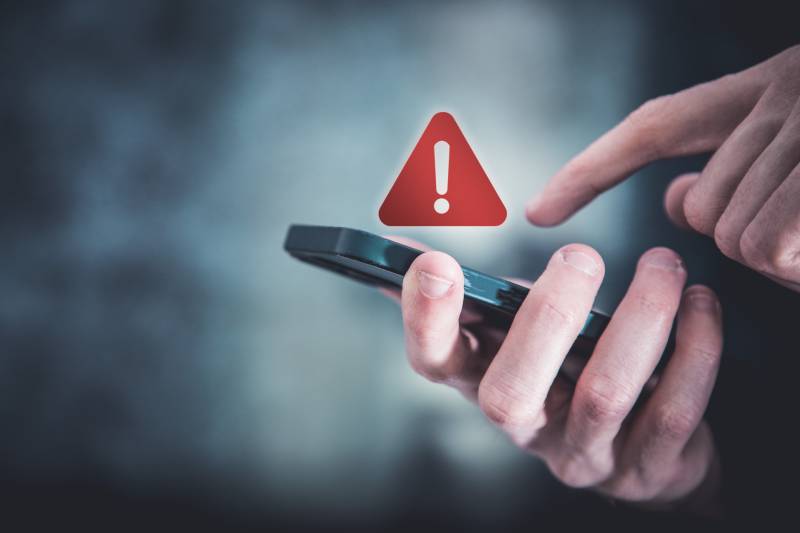Why is this emergency test happening?
“The cellphone WEA alerts are usually for local emergencies,” explains Rudman. “This is one of the first national tests being conducted for this particular type of test.”
The primary purpose of this test, said Rudman, is less about alerting every individual’s cellphone and more about “making sure all of the cellphone carriers are equipped properly.”
In other words, this is more directed at Verizon or AT&T than it is at you personally — testing whether those carriers will indeed be able to alert your cellphone in the event of a real disaster, whether it’s happening on a local or national scale.
Why would I potentially receive this kind of alert for real?
As unsettling as it can feel to imagine the scenarios in which you’d be seeing and hearing this kind of emergency message for real, these alerts are a key way of letting the public know what they need to do in the event of a disaster, said Rudman. And the list of potential disaster events, “as we’re finding out in an age where we have changing weather, and wildfires and other things are concerned, is kind of endless,” said Rudman.
Another reason these alerts are crucial: If a disaster is really unfolding, an emergency alert message won’t just tell you it’s happening. Instead it should tell you what you need to do to be safe, said Rudman.
“There may be a shelter in place order; there may be an immediate evacuation order; there may be an order to boil water because the water isn’t safe there, or a smoke cloud or a toxic gas cloud is coming,” he said.
These alerts are also meant to get residents to take the threat seriously, and heed the warnings.
“Human nature is such that it takes a little bit of reinforcement to get us motivated to stop what we’re doing,” said Rudman. When something really bad happens, he said, many people go into a state of denial about the scale of the disaster, and that this is really happening to them. These alerts are intended to “help break through that, and get people to take actions that help protect themselves,” he said.
In a disaster situation — for example, a fast-moving wildfire, a flood or storm, a tsunami or a terrorist attack — these emergency alerts on radio, television and cellphones would only be one part of a wider mix of alerting systems, said Rudman. For example, during wildfires in Northern California law enforcement have gone door-to-door to evacuate residents, or broadcast safety messages from the streets.
Cellphone service itself can also be severely disrupted during a disaster, as we’ve seen with recent wildfires in the wider Bay Area. In the event of a major emergency, local emergency managers “should use all the tools in their toolkit with the hopes that as many people as possible will get warnings,” said Rudman.
Wait, my phone didn’t get the emergency alert. What happened?
Remember that the emergency test to your cellphone is scheduled to begin around 11:20 a.m. on Wednesday morning, and it could take half an hour for the alert to come through.
But, said Rudman, “sometimes tests don’t always go well, and we uncover problems.” So if you don’t received the emergency alert test on Wednesday morning at all, he advises you let your cellphone carrier know.
Tell us: What else do you need information about?
At KQED News, we know that it can sometimes be hard to track down the answers to navigate life in the Bay Area in 2023. We’ve published clear, practical explainers and guides about COVID, how to cope with intense winter weather and how to exercise your right to protest safely.
So tell us: What do you need to know more about? Tell us, and you could see your question answered online or on social media. What you submit will make our reporting stronger, and help us decide what to cover here on our site, and on KQED Public Radio, too.

